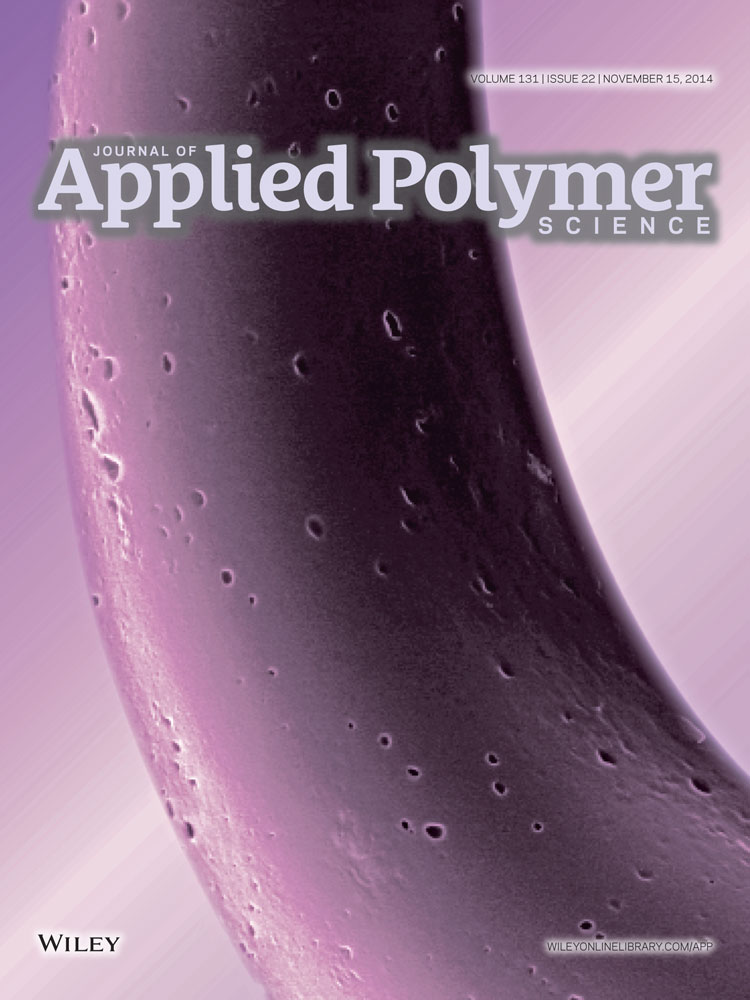Research on the tribological performance of Cr2O3 filled with bronze-based PTFE composites
ABSTRACT
Enhancement of the wear resistance of bronze-filled polytetrafluoroethylene (PTFE) composites has been achieved using various fillers, for example, chromic oxide (Cr2O3), molybdenum disulfide (MoS2), graphite, and nanometer aluminum oxide (n-Al2O3), in the present study. The wear resistance was evaluated by a block-on-ring wear tester, and the effects of fillers on the wear resistance as well as the mechanism were investigated. The wear rate for the composite where the recipe containing 59% PTFE + 40% bronze + 1% Cr2O3 was 0.5 × 10−5 mm−3/N m and for the composite in the recipe containing 60% PTFE + 40% bronze was 4.2 × 10−5 mm−3/N m, which meant that that Cr2O3 increased the wear resistance by approximately 10 times. The differential scanning calorimetry measure analysis showed that Cr2O3 had a positive effect on the crystallization of PTFE; the crystallinity of PTFE composites increased from 45% to 52%, which exhibited improved wear resistance. Wear testing and scanning electron microscope analysis had shown that Cr2O3 had a positive effect on the formation of transfer film and keeping it stable to exhibit improved wear resistance. X-ray photoelectron spectroscopy results also showed that Cr2O3 was effective in tribochemical reactions during sliding against stainless ring; these maybe responsible for forming transfer film and lowering wear rate of composite. © 2014 Wiley Periodicals, Inc. J. Appl. Polym. Sci. 2014, 131, 41117.




